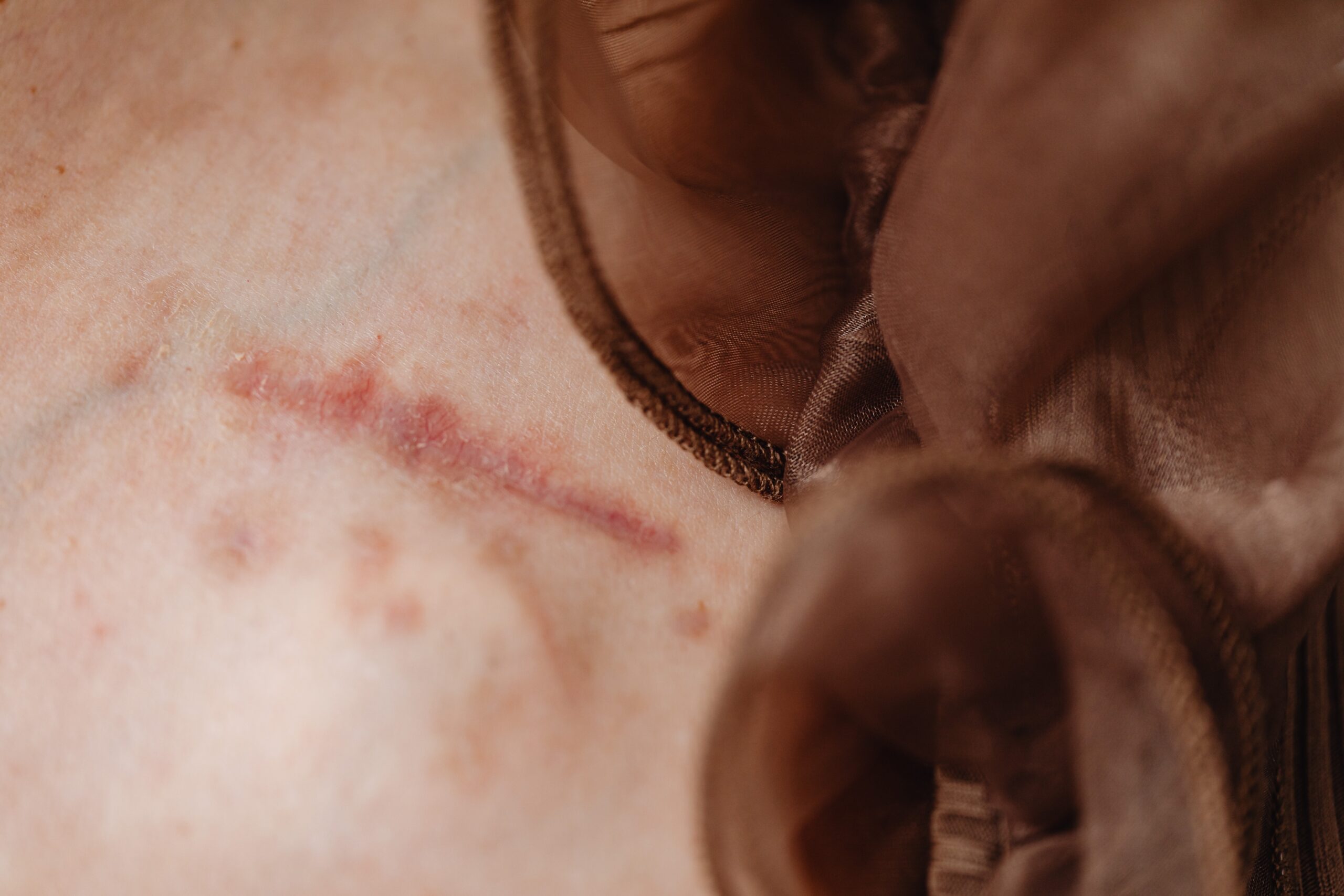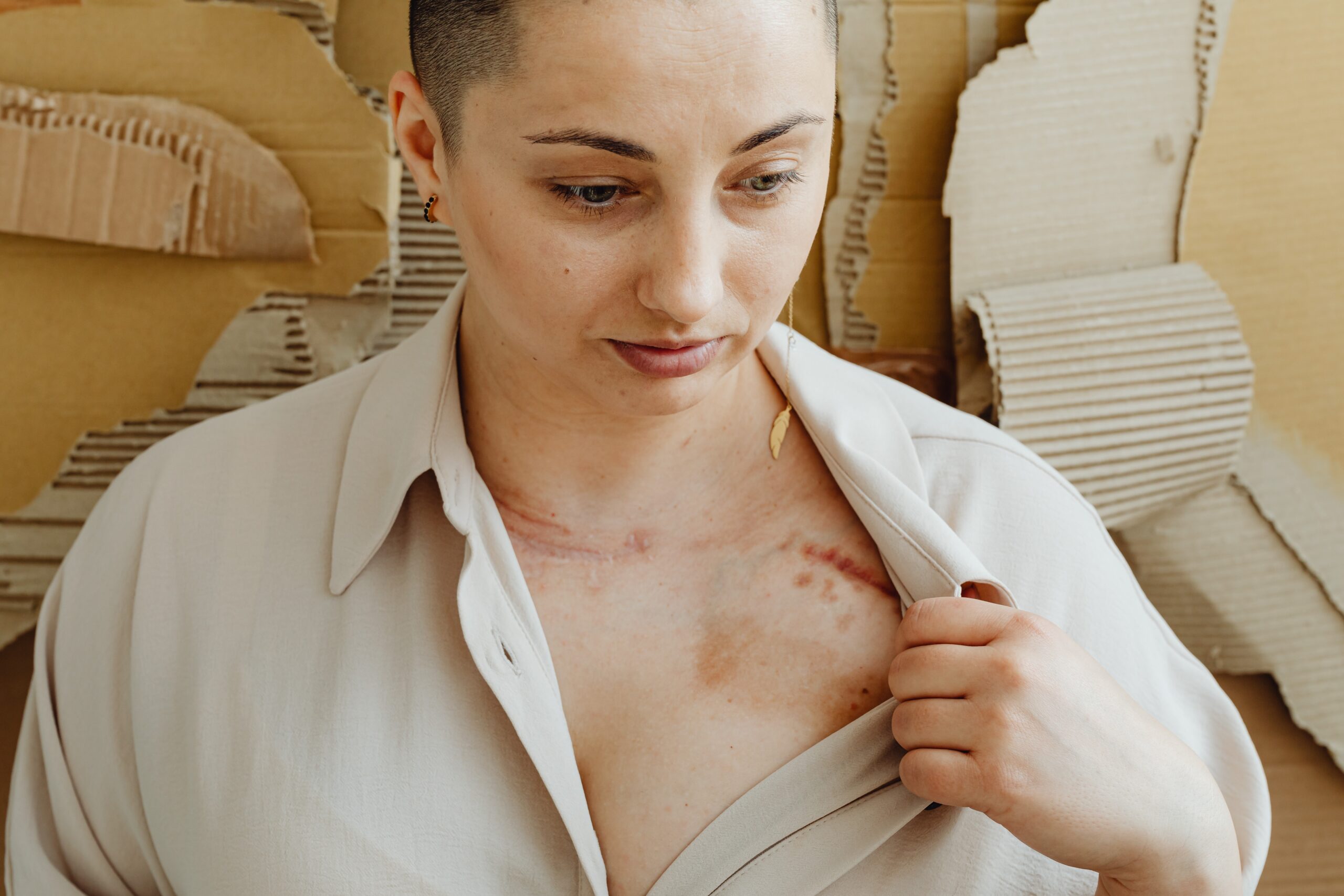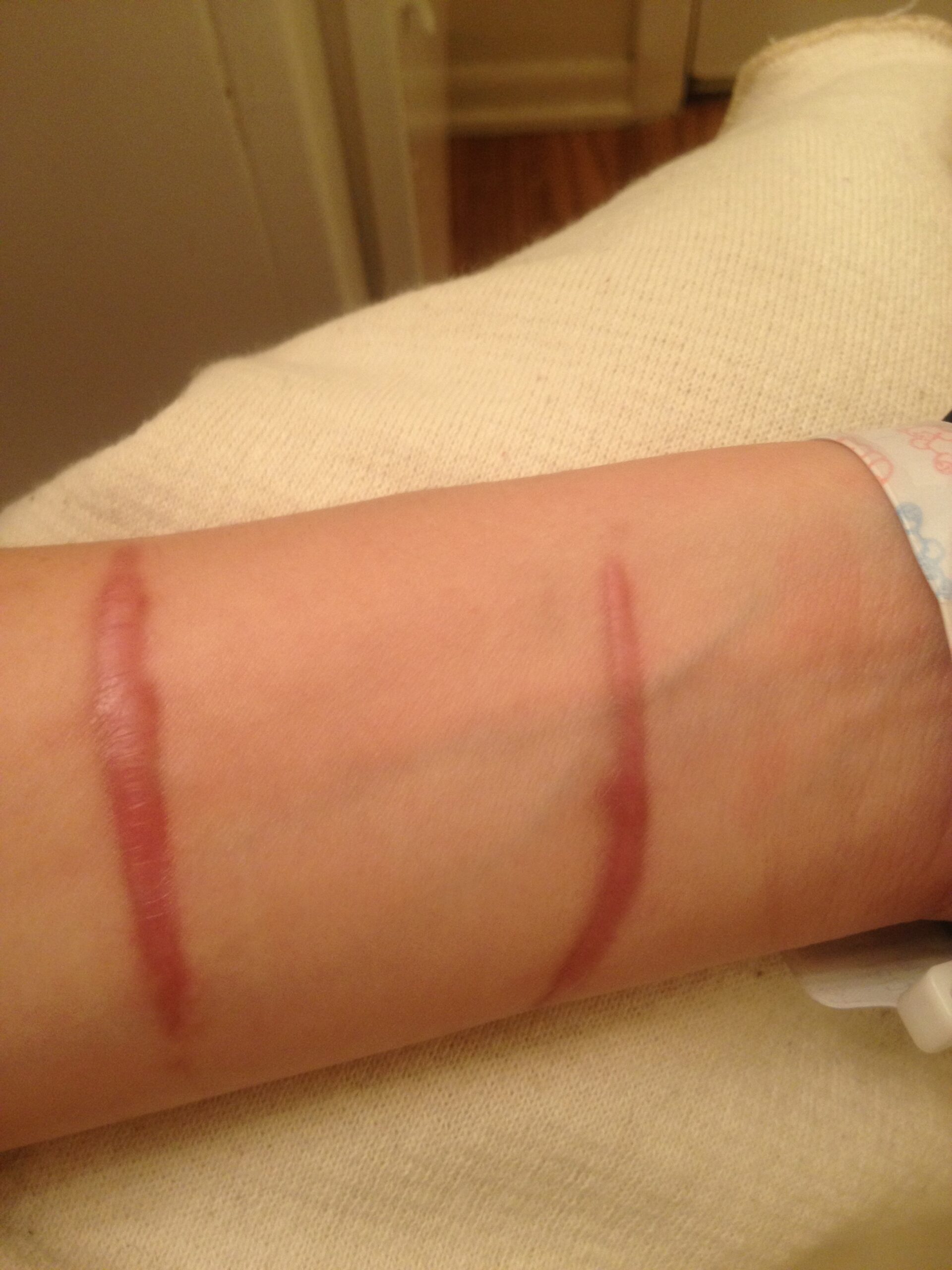Scars, whether they result from surgery, an accident, or acne, frequently serve as permanent reminders of our body’s amazing capacity for healing. Many of us try to find techniques to reduce their visibility and restore the smoothness of our skin even if they tell a narrative. Scar gels stand out as popular solutions in the field of skincare’s plethora of options for those seeking to reduce their scars. However, since not all scar gels are made equal, exploring this market may be intimidating.
This article discusses the crucial components to search for in scar gels and offers a thorough guide on how to compare these products effectively to assist you in making an informed choice. Understanding the science behind scar gels will enable you to select the best one for your particular requirements, putting you one step closer to having smoother, more confident skin whether you are dealing with a recent wound or an old scar.
Types of Scarring
The body uses scarring as a means of repairing and replacing damaged skin. Scars come in a variety of forms. Common types include:
Fine-line scars
Fine-line scars are produced by minor, superficial wounds like cuts and abrasions. Without treatment, this kind of scar ages considerably and virtually disappears.
Scar tissue is fibrous and lacks melanin, therefore it cannot tan. Due to this, those who do not utilize sun protection may get fine-line scars that are more noticeable.
Home remedies like scar cream may speed the appearance of fine-line scars to fade.
Atrophic scars
Pitted skin is another name for atrophic scarring. This kind of scar often resembles a pit or an indented hole.
Severe acne is frequently the cause of atrophic scars. Chickenpox blisters that have been injured by scratching may potentially be the source of them.
At-home remedies do not work well on atrophic scars. However, medical procedures like chemical peels and soft tissue fillers have the potential to be quite efficient in dramatically reducing their look.
Keloid scars
The borders of a lesion might develop dense clusters of elevated scar tissue called keloid scars. They might be black or red. Keloid scars often have irregularly shaped, circular edges.
Excess collagen generated after an original incision, such as a burn, severe cut, or infected ear piercing, has healed and causes keloid scars. In certain cases, it may take many months after the original lesion for keloid scars to develop.
Although keloid scars typically do not hurt, they can be uncomfortable and even painful or itchy. Cryotherapy and steroid injections are two treatments for keloid scarring.
Hypertrophic scars
Keloid scars and hypertrophic scars have a similar look. Hypertrophic scars, unlike keloid scars, only develop inside the original wound’s borders.
It may take many months for hypertrophic scars to fully develop and thicken. Over several years without therapy, they might potentially gradually disappear to some degree.
Medical therapy for hypertrophic scars includes corticosteroid injections, as well as at-home remedies like silicone sheeting.
How Do Scar Creams Work?
The substance that helps to lessen the visibility of scars the best is silicone. This is so because scarring-causing collagen overgrowth can be reduced by silicone. By moisturizing the tissue, silicone also helps to flatten and remove scars. Allantoin and vitamin E oil are other elements to search for since they also aid in skin softening. Products that are designed to hydrate and smooth the region surrounding the scar, therefore lowering redness and leveling out the skin tone and texture, can help lessen the appearance of scars.
Even while the majority of scars cannot be eliminated, there are ways to physically and emotionally minimize our scars so that we feel more at ease and less self-conscious about them.
Minimizing the Appearance of a Scar
Keep in mind that any damaged area has to be shielded from the sun with sunscreen, a protective covering, and maybe even a hat! Let us avoid furthering the scars we wish to get rid of by exposing them to sun exposure, which can delay their healing and cause persistent scar discoloration.
Scars Are a Part Of Most Of Us
What a remarkable aspect of our biology that our skin truly functions as a continuous organ that wraps closely around us. However, even a little burn, wound, or other damage can significantly alter how it appears. Now, if the scar is minor or in a place where it can be easily hidden, it may not be all that horrible. However, if it is not, you might ask if there is a different approach to treating it than hiding it beneath your clothes, one that would either make it disappear or at the very least alter how it seems to you and others.
The scar will not ever totally disappear, it is true. However, some techniques can assist in shrinking it, altering both its look and the state of the skin around it.
Right Scar Gel
Effective scar appearance reduction depends on selecting the proper scar gel. Finding a scar gel that works for you might be difficult because there are so many options on the market. Think about the following things before making a choice:
1. Speak with a healthcare expert
A dermatologist or other healthcare provider should be consulted before beginning any scar therapy. They may evaluate the kind, size, and location of your scar and offer suggestions that are suited to your requirements.
2. Knowing various scar forms
Different treatment modalities may be necessary for various scar types. Surgical scars, atrophic scars, keloid scars, and hypertrophic scars are examples of common scar forms. distinct components and therapies may have distinct effects on each kind.
3. What to look for in ingredients
Examine the components while contrasting scar gels. The following essential elements are frequently found in efficient scar gels:
- Silicone – Silicone is a well-known component in scar treatment products. It promotes collagen development, hydrates the skin, and flattens scars.
- Vitamin E – an antioxidant that may aid in the healing of scars and the reduction of inflammation.
- Onion extract – With its anti-inflammatory characteristics and potential to help scars disappear, onion extract is frequently used in scar gels.
- Allantoin – Allantoin is a useful addition to scar gels since it may soften and soothe the skin.
- Hyaluronic acid – Hyaluronic acid aids in the hydration of the skin and can hasten skin healing.
4. Look for medical proof
Look for scar gels that have been the subject of clinical tests or research that show they are beneficial at lessening the visibility of scars. Scientifically proven products are more likely to yield favorable outcomes.
5. Read customer reviews
Reviews from consumers can offer insightful information about a product’s performance. Pay heed to feedback from those who have had the same scar kind of worry.
6. Consider your skin type
For some skin types, some scar gels could be a better choice. If you have sensitive skin, look for hypoallergenic products that do not contain any known irritants.
7. Avoid harmful ingredients
Scar gels with potentially dangerous components like parabens, perfumes, or synthetic colors should be avoided since they might irritate the skin.
8. Cost and accessibility
Cost should be taken into account, but efficacy should come first. In the long term, a more expensive product with established outcomes can prove to be a superior investment.
9. Application strategy
Think about how simple it is to work the scar gel into your daily schedule. While certain products can be used less regularly, others may need to be administered numerous times each day.
10. Consistency and tolerance
It takes time to treat scars. Apply the selected scar gel as instructed, taking your time and being consistent. Before there are any obvious changes, it might take weeks or even months.
Conclusion
Choosing the best scar gel requires careful assessment of the components, the kind of scar, the clinical data, and your particular skin needs. You will increase your chances of getting the desired scar reduction outcomes by consulting with a healthcare expert and doing complete research before making a decision.




